The 6 disadvantages of dryer sheets – and the simple substitution laundry pros prefer instead
These eco-friendly alternatives protect your clothes and the planet, experts say
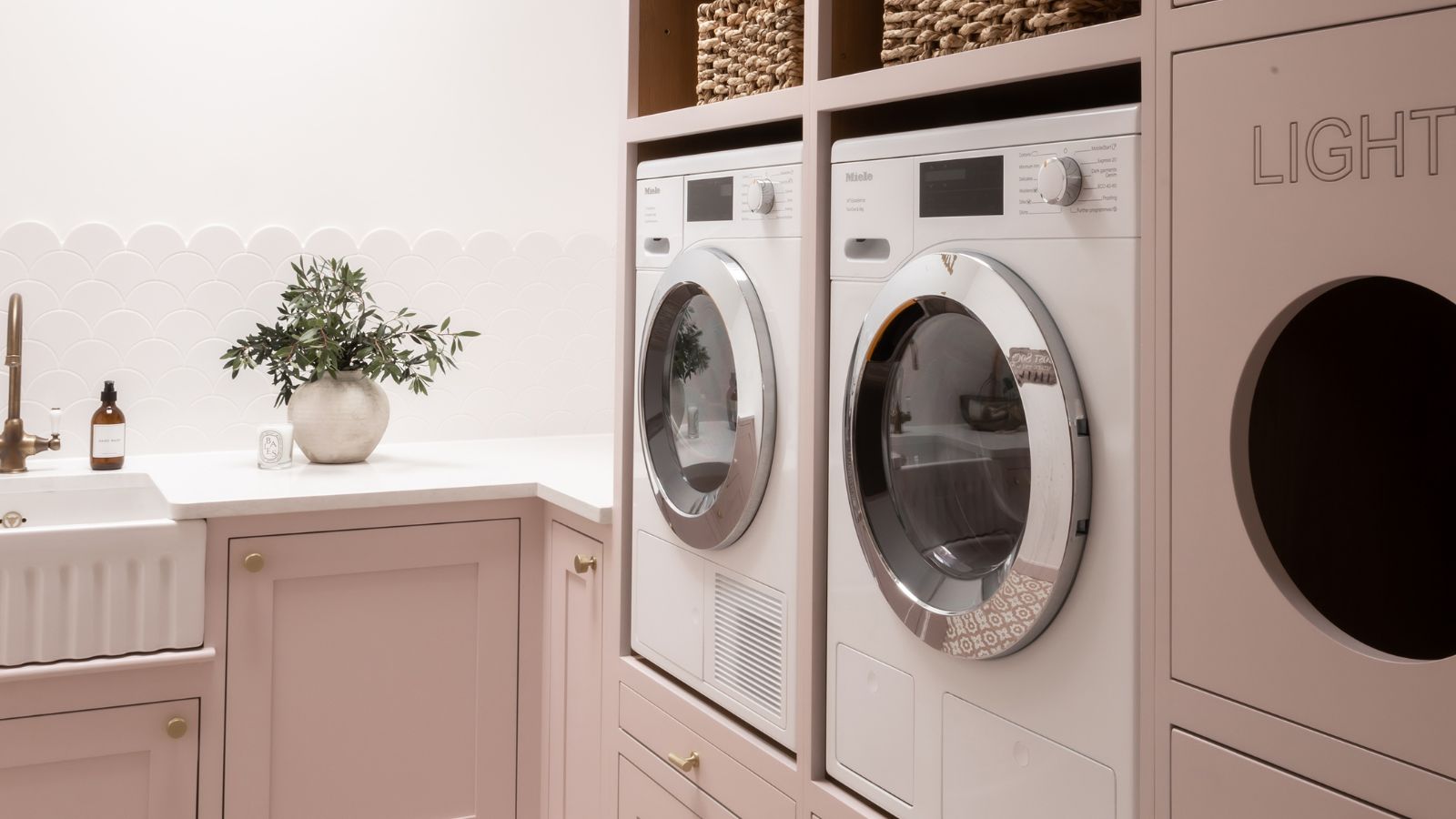

Dryer sheets work by reducing static, softening your laundry and adding fresh fragrance to clothing, linens and towels. But, are there any disadvantages of using them?
As it turns out, there are. From clogging your tumble dryer to containing skin irritants, the combination of chemicals can actually be harmful to both your clothes and your health – leading experts to urge alternative solutions.
So, to find out more, I spoke to laundry pros for their tips on how to do laundry without dryer sheets, what exactly the disadvantages of them are, and what they recommend using instead.
6 disadvantages of dryer sheets
Forrest Webber, founder of Bear Brothers Cleaning explains, 'Dryer sheets are magical, fabric-like sheets that you use in your dryer to keep your clothing odor-free, static-free, and silky,' so are a great way to make laundry smell better, particularly if your clothes often smell sour after washing.
So, what's not to like?
1. They cause residue buildup
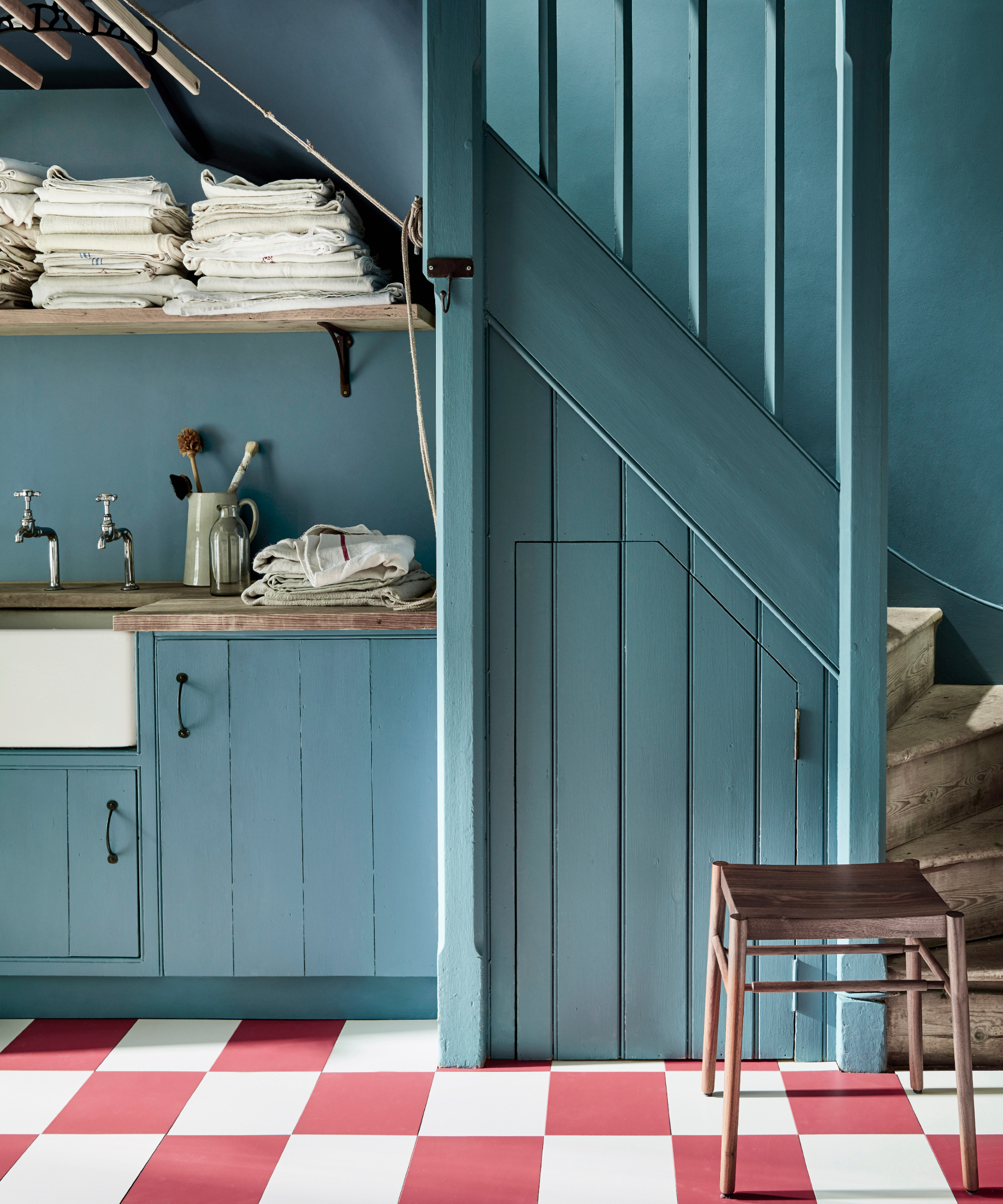
Dryer sheets soften and scent laundry by leaving a thin, fabric softener residue on your laundry and, unfortunately, your dryer.
Cleaning expert Webber says, 'This residue makes your clothes feel soft but can also build up on your dryer's drum and lint filter. Over time, this residue turns into a sticky situation, reducing your dryer's efficiency, and making towels as absorbent as plastic wrap.'
Therefore, while dryer sheets work well to remove static from clothing, the trade-off is a slow-running, clogged tumble dryer, leaving you wondering how to clean a dryer and your towels inefficient at drying, with the fibers coated in fabric softener.
Additionally, this build-up of residue will also increase energy costs and wear down your dryer, which could result in visible signs it's time to replace your old appliance.
But what do you use instead of dryer sheets? Kat Garside, sustainability expert at Integrity Energy, explains you should be using dryer balls.
She says, 'Instead of single-use dryer sheets, consider making the switch to using wool dryer balls. Not only are they kinder to the environment, but they last for 1000 dryer loads and are a chemical-free way to dry and remove static from laundry.
'As an added bonus, dryer balls reduce static cling and actually help dry your clothes 25 percent faster, by keeping your clothes separated during the tumble process.'

These wool dryer balls are made of 100% premium New Zealand wool, with no synthetic fillers, for a natural, long-lasting product. Furthermore, they help to save energy when doing laundry, and cut energy bills.
2. They're not suitable for all fabrics
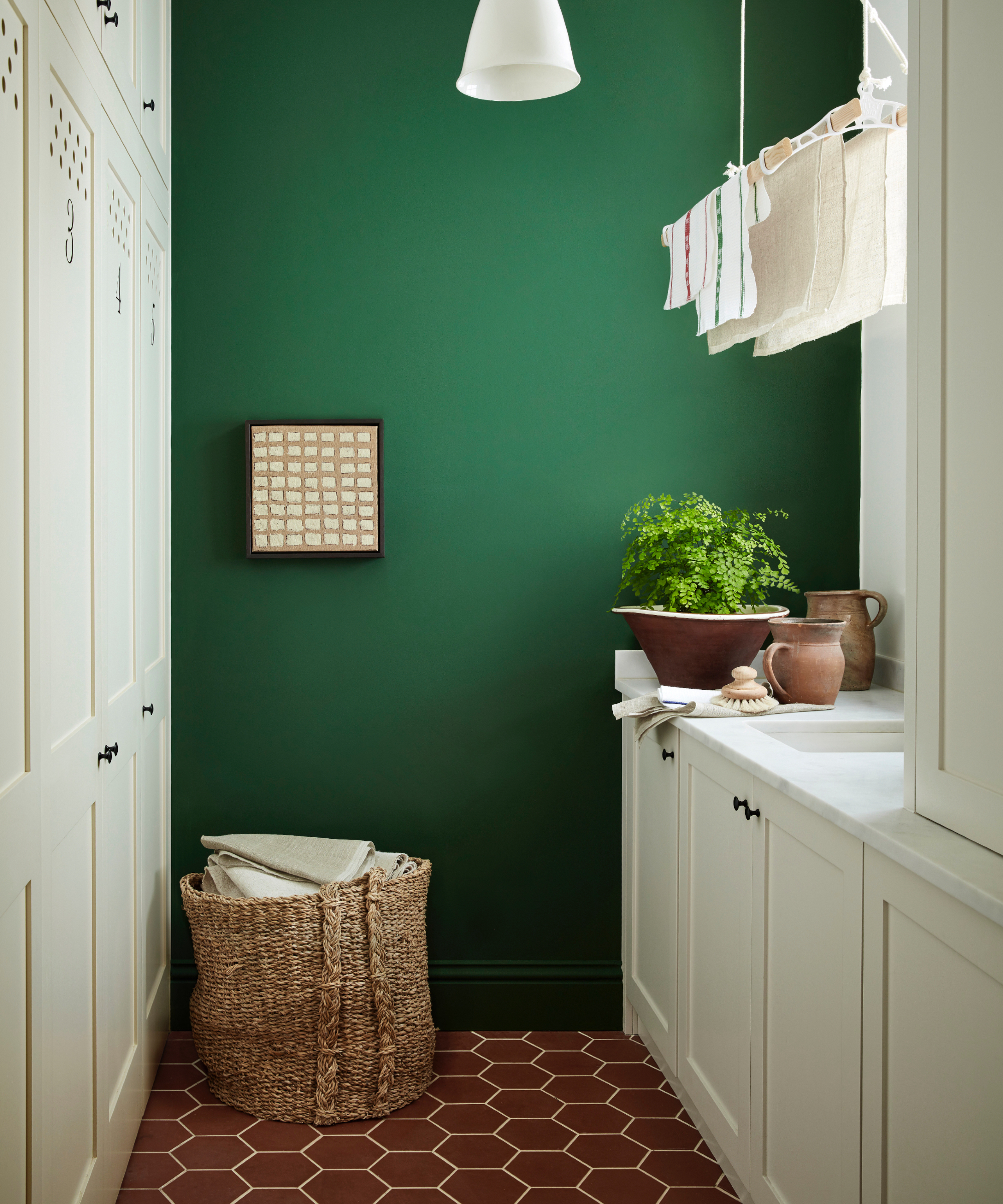
I'm sure we're all guilty of throwing dryer sheets in with each load, after all, it's one of the things people with nice smelling laundry rooms always do. Or, at least, that's what we thought – in fact it could be ruining your fabrics.
Cleaning expert Webber explains, 'Dryer sheets can be the worst nightmare for certain fabrics, like moisture-wicking workout gear or microfiber. Instead of being fresh and functional, your gym gear suffocates you in sweat, and your microfiber cleaning cloths are suddenly less helpful than an old rag.'
Instead, to wash a microfiber cloth or gym gear, bypass using any fabric softener or dryer sheets, and wash items separately, especially as gym clothes and normal clothes are things you should never wash together in the washing machine.
For the best results, use a gentle detergent such as the Tide Free & Gentle Liquid Laundry Detergent available at Walmart, which is free of irritating residues, dyes, and perfumes, and then reap the benefits of air drying laundry, skipping the dryer altogether.
3. They're a potential fire hazard
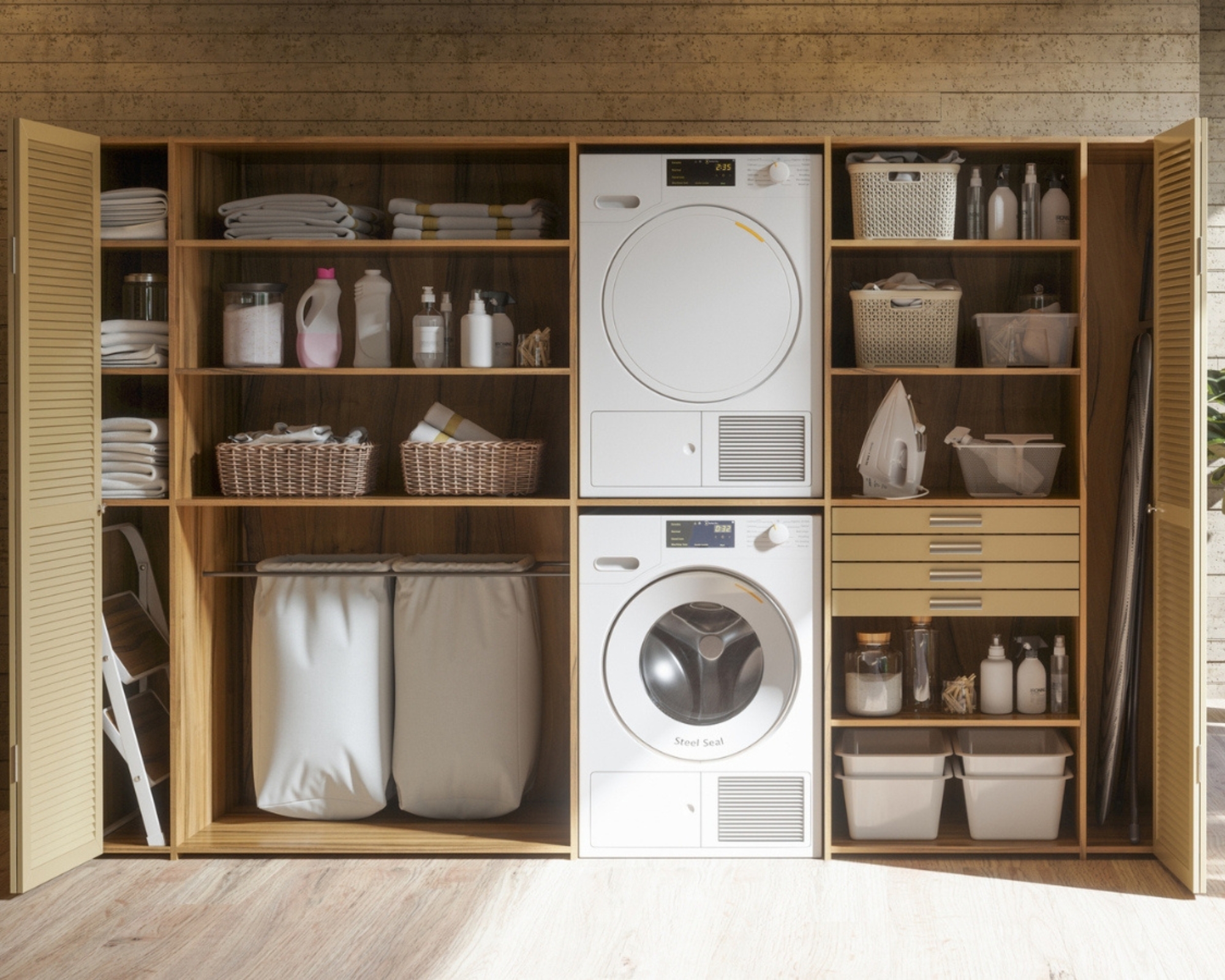
It turns out the waxy residue, especially around the lint trap of your dryer, is not just damaging to your clothes and machine – it's also a potential fire hazard, says Karina Toner, operations manager of Spekless.
She explains, 'The buildup of waxy residue inside your dryer, especially around the lint trap, increases the risk of dryer fires. Accumulated lint combined with this residue can ignite under high heat conditions.
'Therefore, overuse of dryer sheets without regular cleaning of the lint filter and dryer components can create a flammable environment.'
To avoid this, it's pertinent to know how to clean a dryer, and to do so regularly, cleaning the lint trap out weekly as part of your achievable cleaning routine.
4. They contains allergens & skin irritants
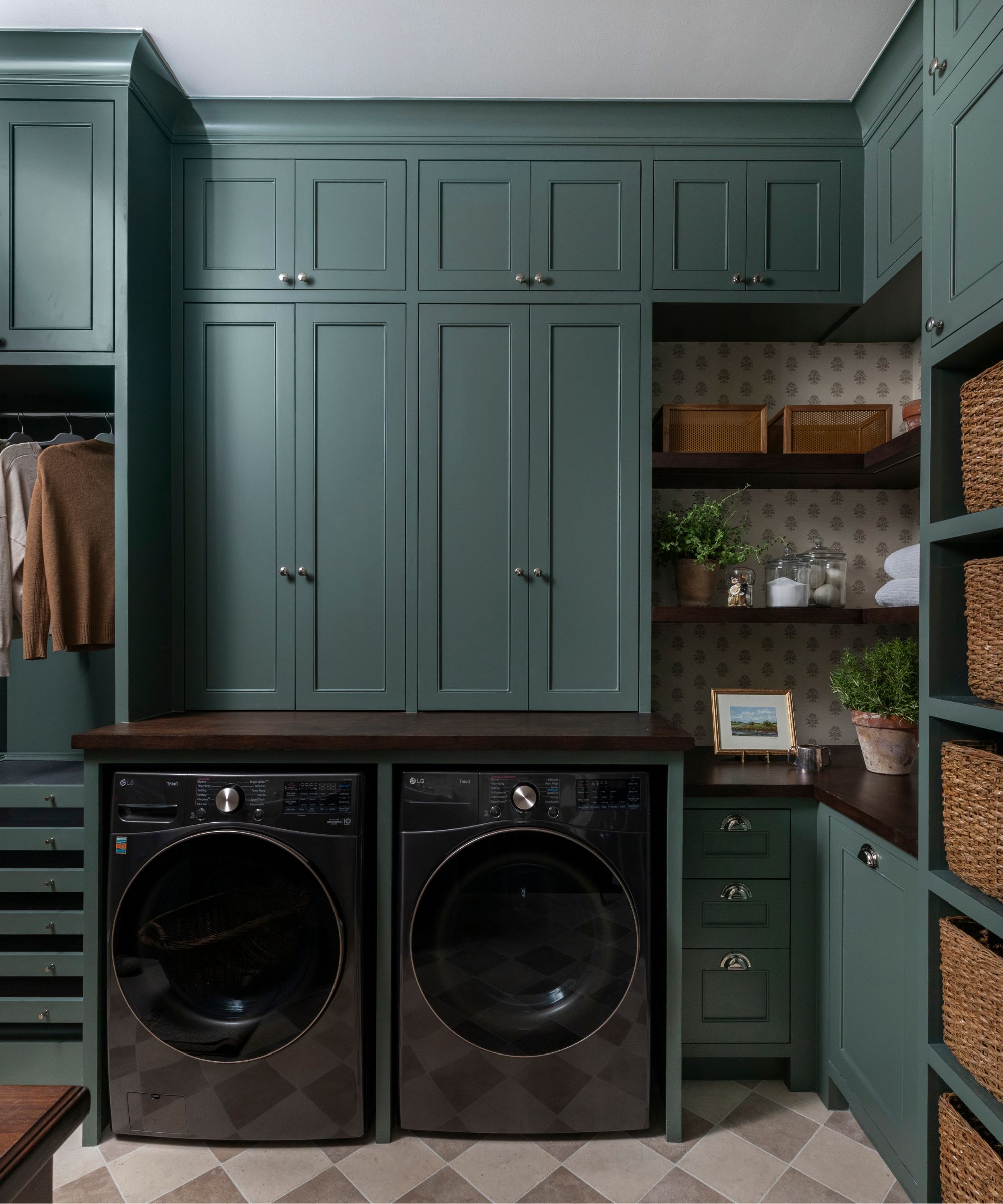
Did you know that certain cleaning ingredients to avoid could be the cause of your allergies? In fact, if you're after cleaning tips for allergy sufferers, cleaning expert Webber strongly warns against using dryer sheets.
He says, 'The fragrances and chemicals in dryer sheets can be a real headache for anyone with sensitive skin, as they're often full of mysterious "fragrance" ingredients.'
At home, I ditched dryer sheets for this natural essential oil dryer hack, which is a perfect, natural alternative, and they can also be used for cleaning your home without harming the planet. I love how you can completely customize the scent-profile of your home depending on your mood, and recommend using lemon oil such as the Mainstays 100% Pure Essential Oil available at Walmart for fresh-smelling clothes, or the MAJESTIC PURE Lavender Essential Oil available at Amazon for a relaxing, soothing bedding scent. And the best part is, a little goes a long way!
5. They can have a potential impact on pets

Keeping a clean home when you have pets can be an endless (but worth it!) chore, but when it comes to laundry, particularly washing dog beds, cleaning expert Toner recommends skipping on dryer sheets.
She says, 'The strong fragrance and chemicals found in dryer sheets may irritate pets, especially cats and dogs, who have more sensitive respiratory systems. Therefore, pets may be prone to sneezing, coughing, or respiratory distress when in close contact with dryer sheets.'
As this is something, of course, best avoided, swerve tumble dryer mistakes by keeping dryer sheets out of your routine, or, at the very least, away from your pets. Cleaning expert Webber recommends using white vinegar in laundry, such as the Great Value Distilled White Vinegar available at Walmart, which helps soften laundry and reduce static without leaving behind any residue. Just ensure you know where to put vinegar in a washing machine before trying this trick.
6. They're not eco-friendly
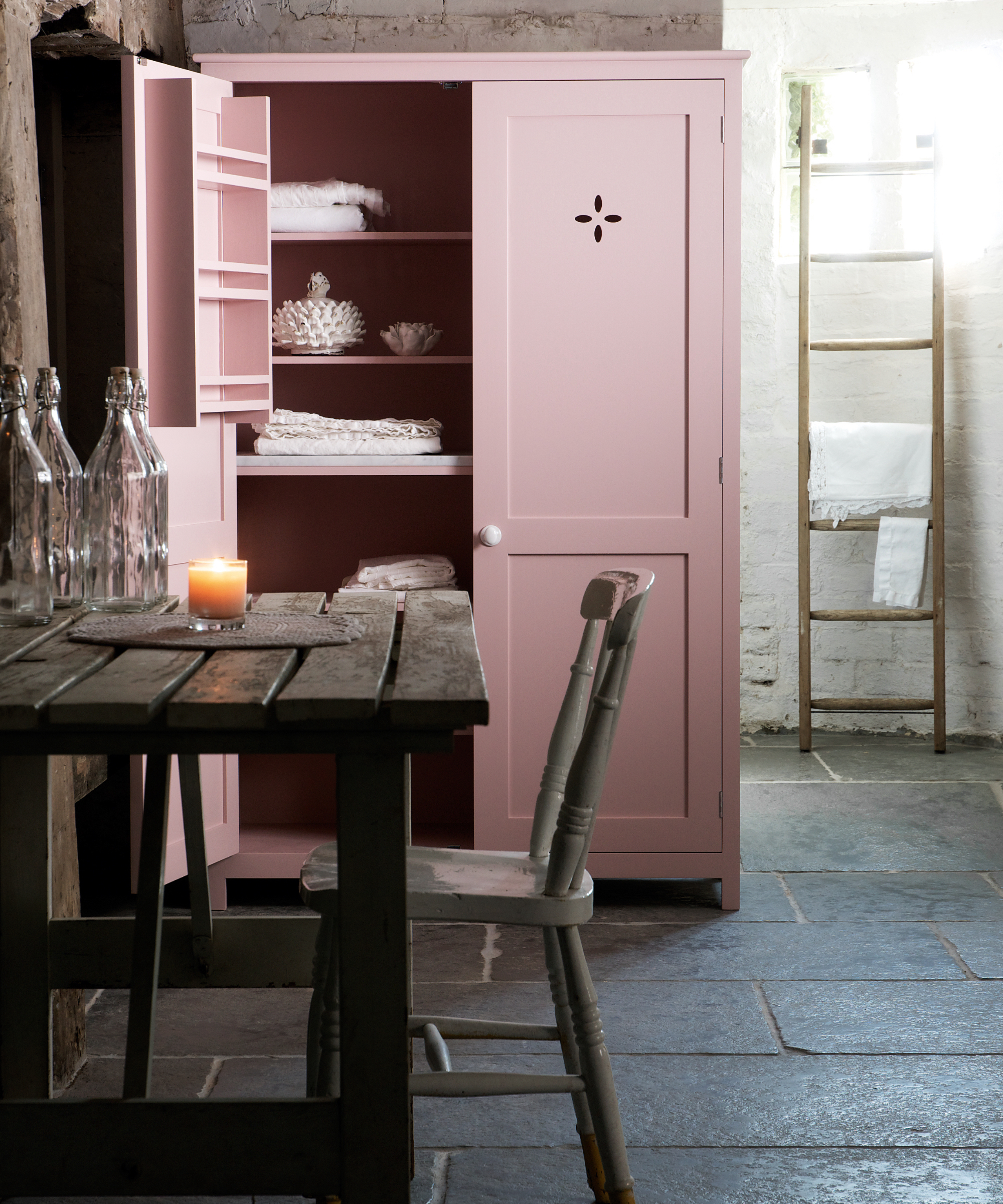
When it comes to everything you need to know about green cleaning, dryer sheets are not eco-friendly cleaning products, warns cleaning expert Webber.
He says, 'Since dryer sheets are single-use items, they will end up in the trash after only one usage in the dryer. Furthermore, they frequently consist of non-biodegradable synthetic components, not to mention the chemical residue they leave behind, which is undesirable for our waterways and soil.'
Additionally, they may be one of the surprising things that are clogging your drains, too, leading to plumbing issues and expensive call out fees.
FAQs
What are the downsides of dryer balls?
While a sustainable household swap, there are still downsides of dryer balls to consider.
They can be very noisy in your tumble dryer, which isn't likely to make your home workspace more productive if you work from home, they're not as effective when drying large loads of laundry, and, like dryer sheets, wool can ball off and clog up your lint drawer.
However, they're undoubtedly a brilliant, all-natural alternative to dryer sheets, and they can even make an unusual compost ingredient, too.
Not every home has a tumble dryer, and, if yours doesn't, you might be looking for how to dry clothes in a small space.
Small-space solutions such as using over-the-door drying solutions and retractable clotheslines are useful tricks, and you may also want to consider installing a ceiling-mounted pulley drying rack.
Sign up to the Homes & Gardens newsletter
Design expertise in your inbox – from inspiring decorating ideas and beautiful celebrity homes to practical gardening advice and shopping round-ups.

Ottilie joined Homes & Gardens last year, after finishing a Master's in Magazine Journalism at City, University of London. With previous contributions in Livingetc and Motorsport Magazine, she produces content for the Solved section on the website, focusing on clever tips and tricks to keep your home beautiful, organized and clean. She also has an undergraduate degree in English Literature and History of Art from the University of Edinburgh, where she developed a love for inspiring interiors and architecture.
-
 I tried the baking soda trick to quickly and naturally clean my outdoor rug – it’s now set for Easter outdoor hosting
I tried the baking soda trick to quickly and naturally clean my outdoor rug – it’s now set for Easter outdoor hostingBaking soda is perfect for lifting dirt and debris
By Eve Smallman
-
 Drew Barrymore's striped sofa is her most elegant design to date – it oozes East Hampton elegance in time for summer 2025 (and is under $384)
Drew Barrymore's striped sofa is her most elegant design to date – it oozes East Hampton elegance in time for summer 2025 (and is under $384)This subtly striped linen sofa anchors any living room while feeling light and casual – it looks so much more expensive than its price tag
By Megan Slack
-
 My cheap dehumidifier makes easy work of air drying laundry indoors despite the humidity of spring showers – get yours on sale for just $49 now
My cheap dehumidifier makes easy work of air drying laundry indoors despite the humidity of spring showers – get yours on sale for just $49 nowIt's useful for lots of things around my home
By Punteha van Terheyden
-
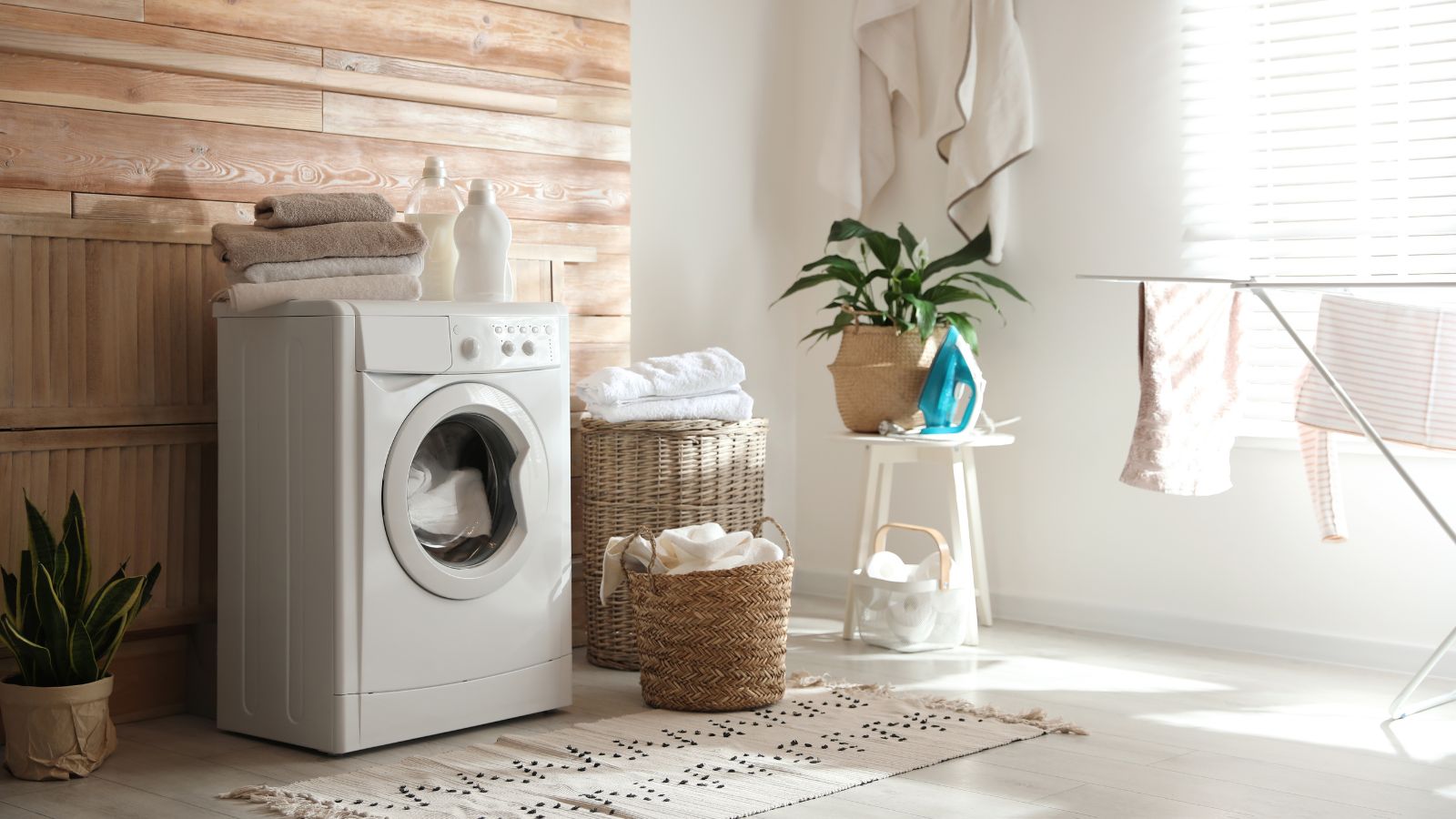 Looking for a natural laundry-softening alternative? I'm a professional cleaner and it's time to ditch synthetic ones for 5 non-toxic softeners that work
Looking for a natural laundry-softening alternative? I'm a professional cleaner and it's time to ditch synthetic ones for 5 non-toxic softeners that workRefresh your laundry routine with these fabric softener alternatives
By Karina Toner
-
 Unlock the magical mold-killing and stain-busting superpower of this humble household ingredient that costs just 50 cents
Unlock the magical mold-killing and stain-busting superpower of this humble household ingredient that costs just 50 centsIf you have aspirin in the house, you can use it to banish mold
By Ottilie Blackhall
-
 5 warning signs you're using the wrong amount of detergent – avoid greasy residue, stiff fabrics and skin issues with these simple cleaner-approved tips
5 warning signs you're using the wrong amount of detergent – avoid greasy residue, stiff fabrics and skin issues with these simple cleaner-approved tipsPlus, why it's important to get the amount just right
By Ottilie Blackhall
-
 Laundry experts reveal 7 unexpected washing rules you can throw out the window – from separating fabrics to mixing whites and colors
Laundry experts reveal 7 unexpected washing rules you can throw out the window – from separating fabrics to mixing whites and colorsForget everything you thought you knew
By Ottilie Blackhall
-
 Using this button on your washing machine will cut your bills and help the planet
Using this button on your washing machine will cut your bills and help the planetA single switch can make a load of difference
By Chiana Dickson
-
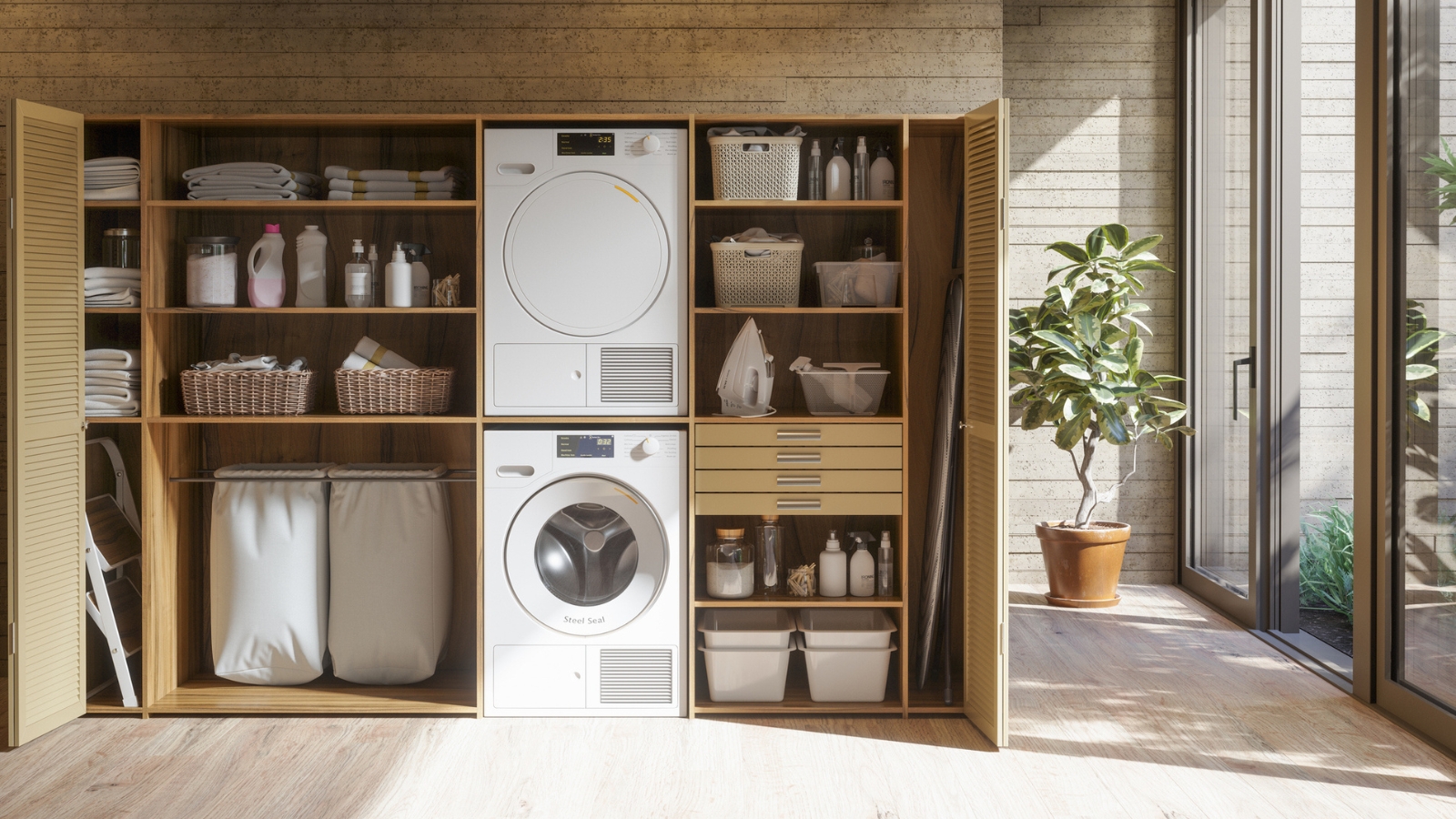 Experts reveal the 5 toxic items lurking in your laundry room – and what to swap them with for a healthier routine
Experts reveal the 5 toxic items lurking in your laundry room – and what to swap them with for a healthier routineFor a room focused on cleaning, some of its items can be surprisingly toxic
By Chiana Dickson
-
 7 laundry hacks experts swear by to make this endless chore simpler, cheaper and less taxing
7 laundry hacks experts swear by to make this endless chore simpler, cheaper and less taxingFrom laundry heroes worth the spend, to tweaking temperatures and beyond
By Chiana Dickson